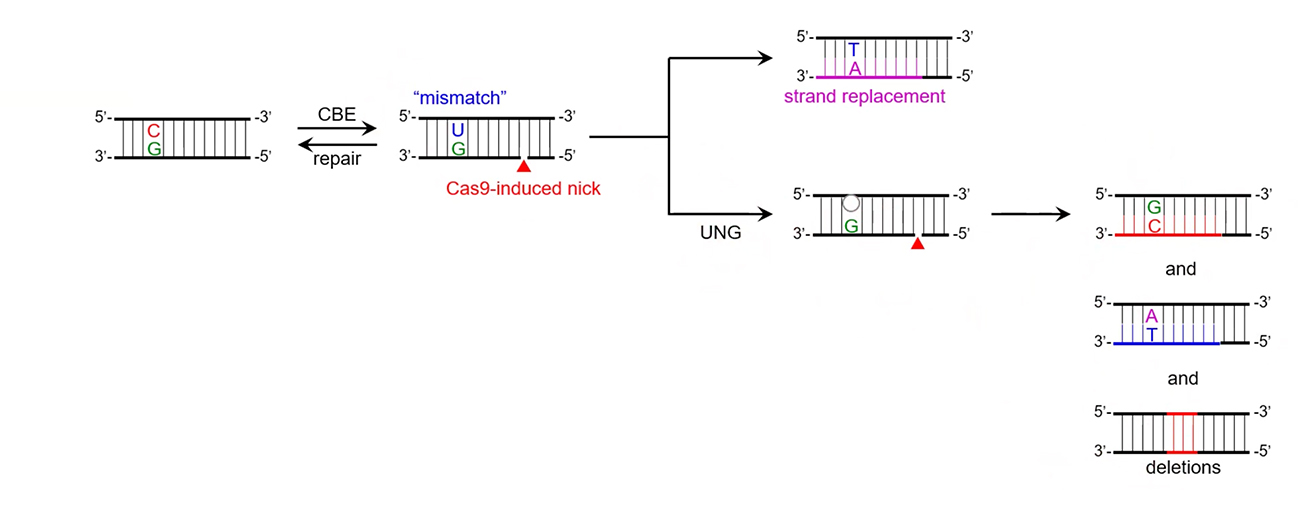2025-06-04 ヒューストン大学(UH)

<関連情報>
- https://uh.edu/news-events/stories/2025/june/06042025-cells-detect-electrical-fields.php
- https://www.pnas.org/doi/10.1073/pnas.2427255122
電場に対する生体膜の並外れた感受性の裏付けとなる活性物質 Active matter as the underpinning agency for extraordinary sensitivity of biological membranes to electric fields
Anand Mathew and Yashashree Kulkarni
Proceedings of the National Academy of Sciences Published:March 21, 2025
DOI:https://doi.org/10.1073/pnas.2427255122
Significance
What is the minimum electric field that biological cells can detect? This question has inspired significant research as certain cells and organisms are known to possess extraordinary sensitivity to weak electrical signals. However, existing models that consider this threshold to be the electrical noise arising from equilibrium thermal fluctuations yield puzzling results that are many orders of magnitude larger than experimental measurements. We resolve this paradox by proposing a nonequilibrium statistical mechanics model in which cell membranes can exploit energy-driven active mechanisms to modulate their electrical sensitivity to sense electric fields that are far weaker than the thermal electrical noise. Our study could open avenues for harnessing the sensitivity of biological cells to electric fields for diagnostics and therapeutics.
Abstract
Interaction of electric fields with biological cells is indispensable for many physiological processes. Thermal electrical noise in the cellular environment has long been considered as the minimum threshold for detection of electrical signals by cells. However, there is compelling experimental evidence that the minimum electric field sensed by certain cells and organisms is many orders of magnitude weaker than the thermal electrical noise limit estimated purely under equilibrium considerations. We resolve this discrepancy by proposing a nonequilibrium statistical mechanics model for active electromechanical membranes and hypothesize the role of activity in modulating the minimum electrical field that can be detected by a biological membrane. Active membranes contain proteins that use external energy sources to carry out specific functions and drive the membrane away from equilibrium. The central idea behind our model is that active mechanisms, attributed to different sources, endow the membrane with the ability to sense and respond to electric fields that are deemed undetectable based on equilibrium statistical mechanics. Our model for active membranes is capable of reproducing different experimental data available in the literature by varying the activity. Elucidating how active matter can modulate the sensitivity of cells to electric signals can open avenues for a deeper understanding of physiological and pathological processes.


